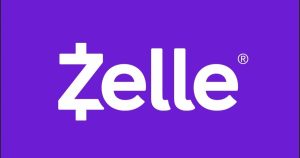With hundreds of millions of individuals using smartphone-enabled apps to send money to friends or make purchases online, competition is fierce among fintechs to snap up larger portions of an ever-growing user base. Launched in 2017 by Early Warning Services, LLC — a joint project by seven of the largest banks in the U.S. — Zelle was designed and funded to compete with major platforms like Venmo and Cash App.
However, for as much progress as the upstart has had in securing an impressive share of the P2P payments market, Zelle’s strengths lie in what makes it unique compared to its more established competitors. Most notably, anyone with a bank account at a Zelle-friendly financial institution is able to send or receive money through Zelle — unlike users of PayPal or Cash App, which require all parties in a transaction to have accounts on their platform.
As Bain & Company Partner Mike Cashman explained in a recent article, “Zelle is not really a revenue-generating enterprise on a stand-alone basis. You should think of this really as a little bit of an accommodation, but also as an engagement tool versus a revenue-generating machine.”
























